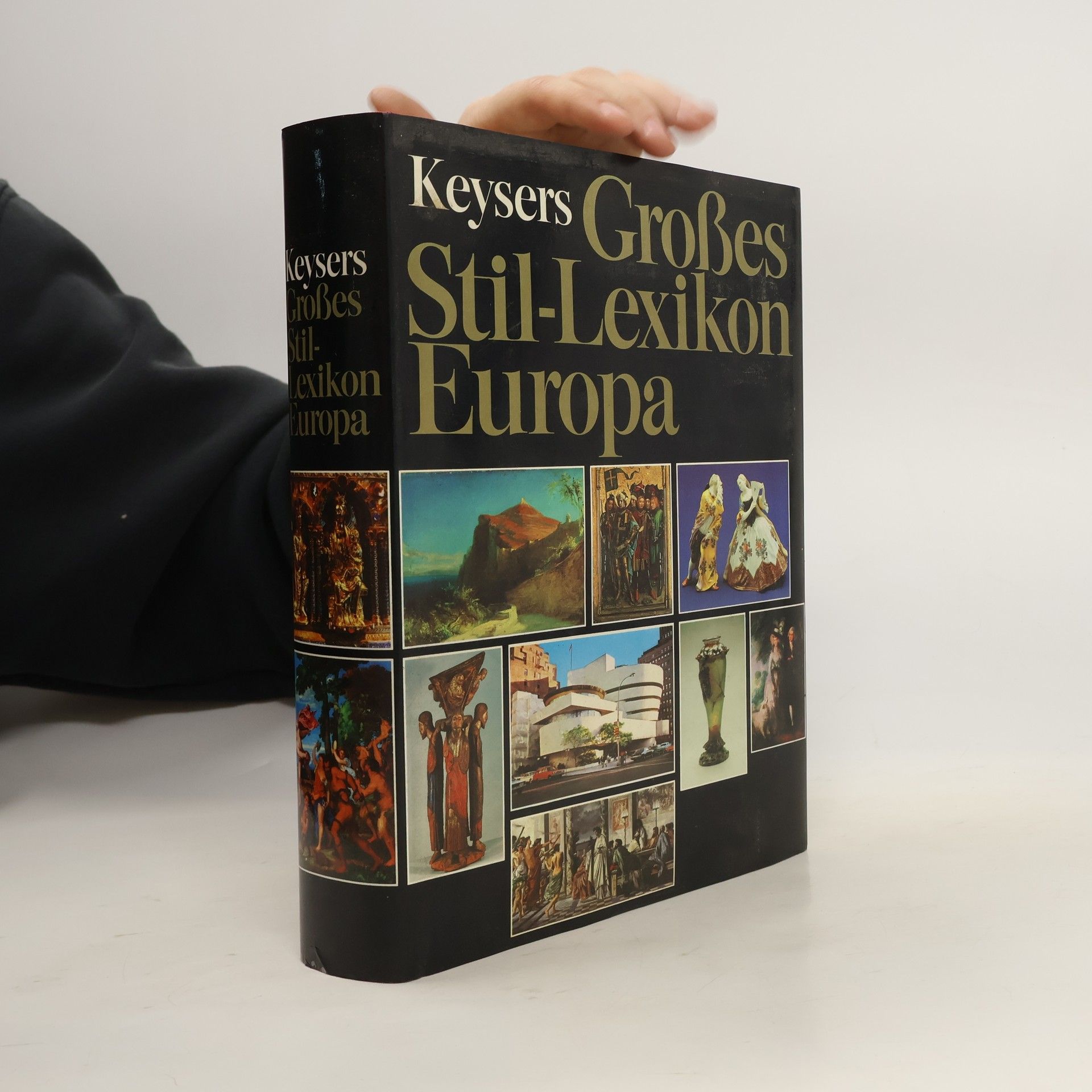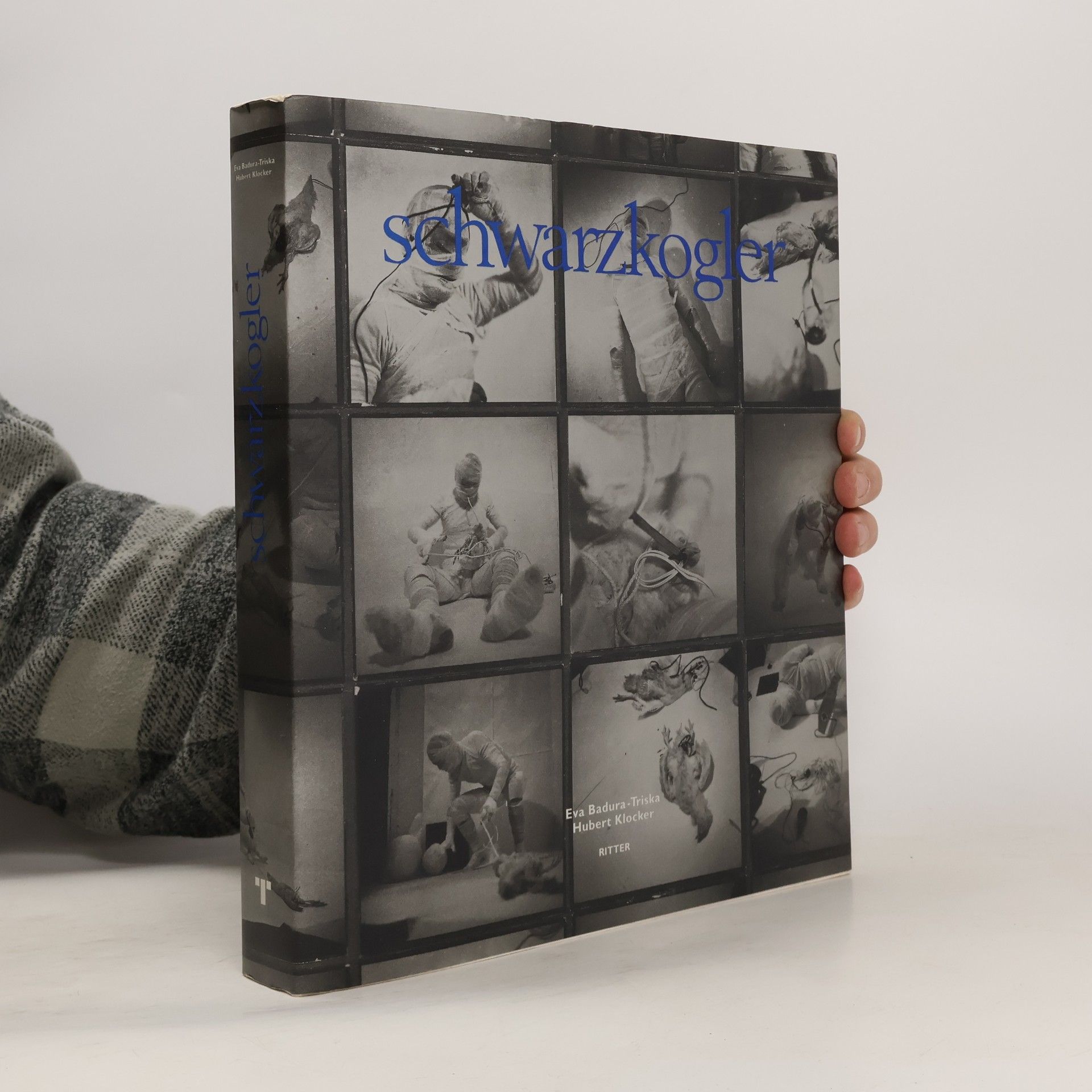Body, psyche and taboo
- 160pagine
- 6 ore di lettura
The central concepts of Body, Psyche, and Taboo is a presentation of both the intellectual and the formal links between Vienna Actionism and artistic developments in the early twentieth century. Works by Günter Brus, Otto Muehl, Hermann Nitsch, and Rudolf Schwarzkogler, the scandal artists of the 1960s, are compared and contrasted with pieces by their equally controversial colleagues working at the dawn of the twentieth century—from Gustav Klimt to Richard Gerstl, Oskar Kokoschka and Koloman Moser, to Anton Romako, Max Oppenheimer, and Egon Schiele.



